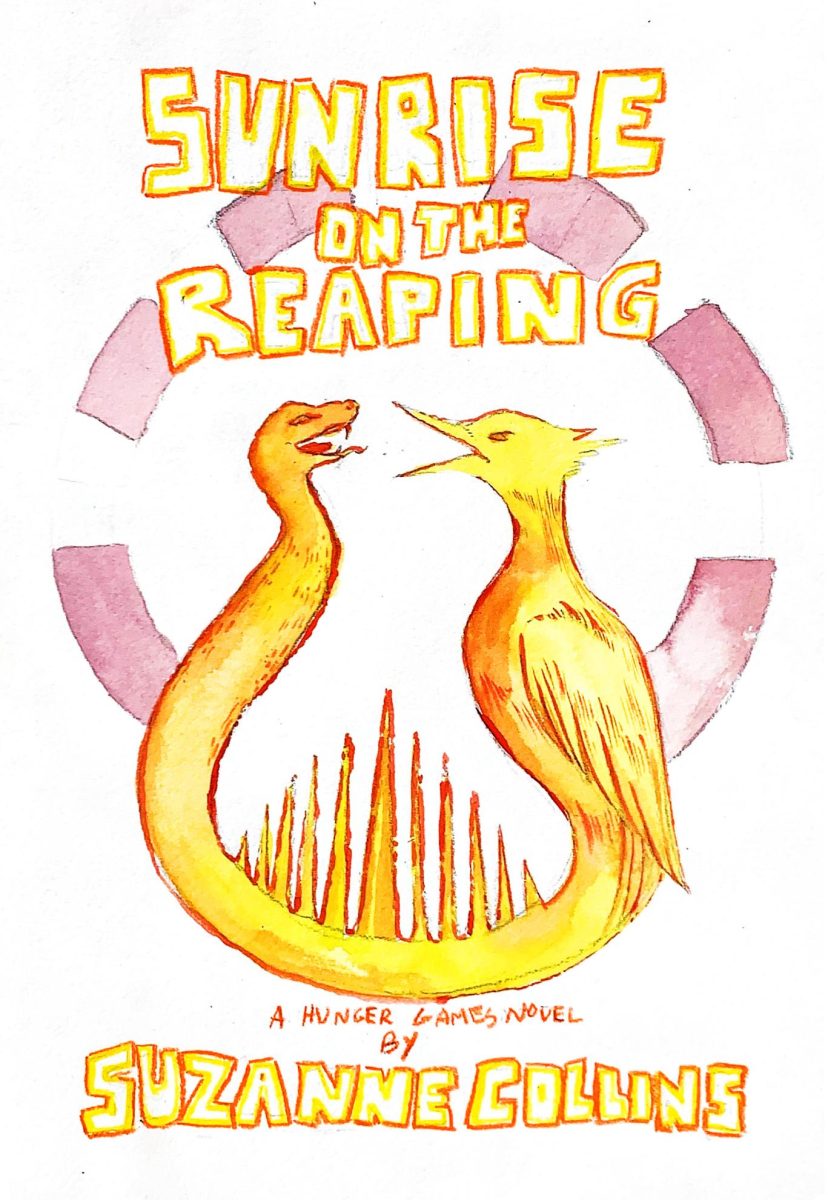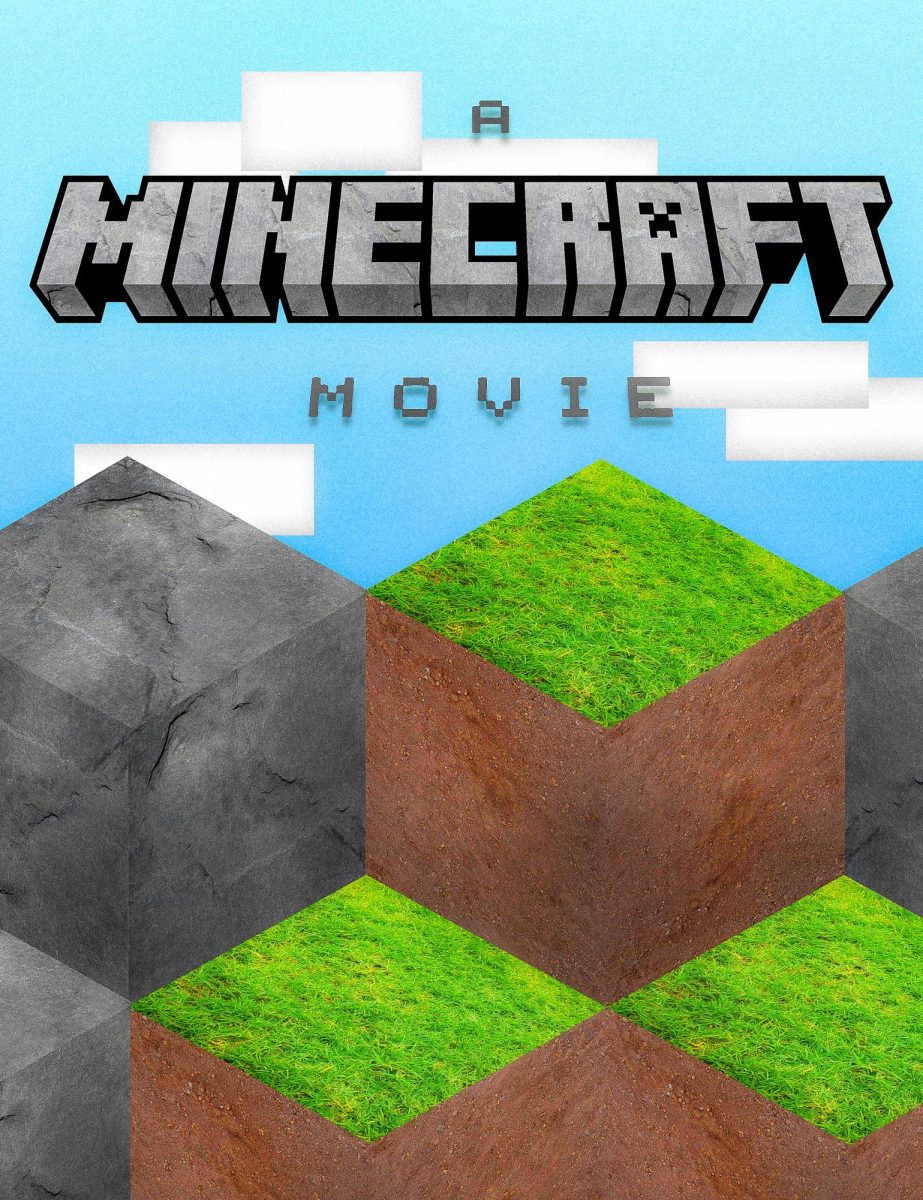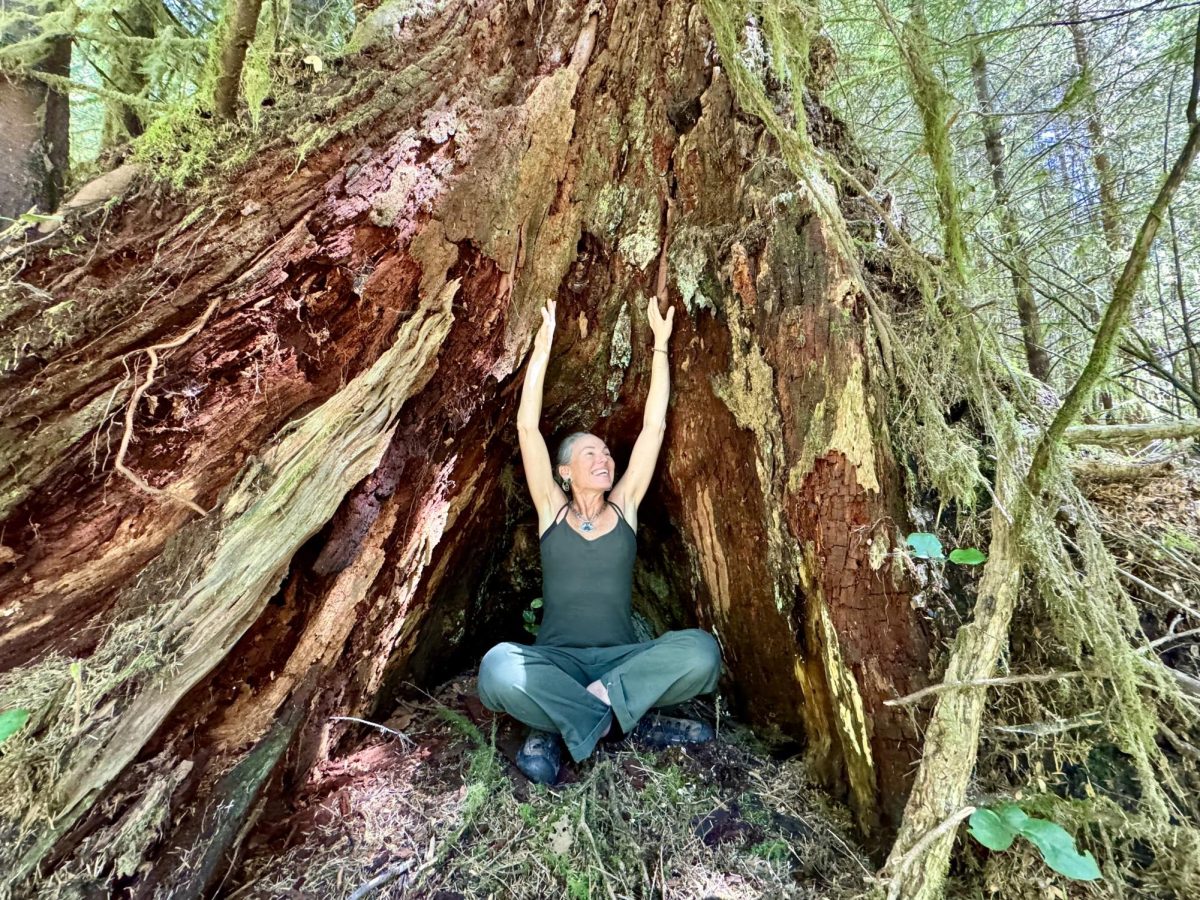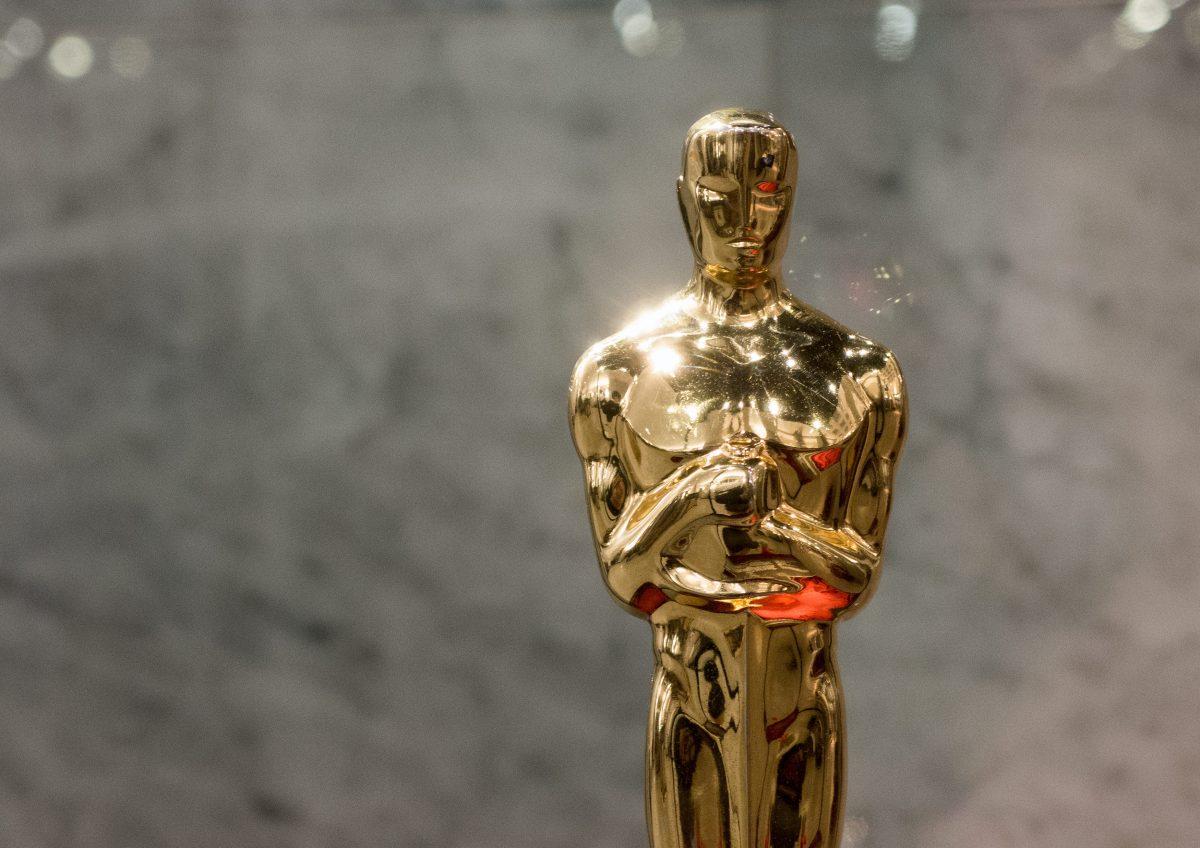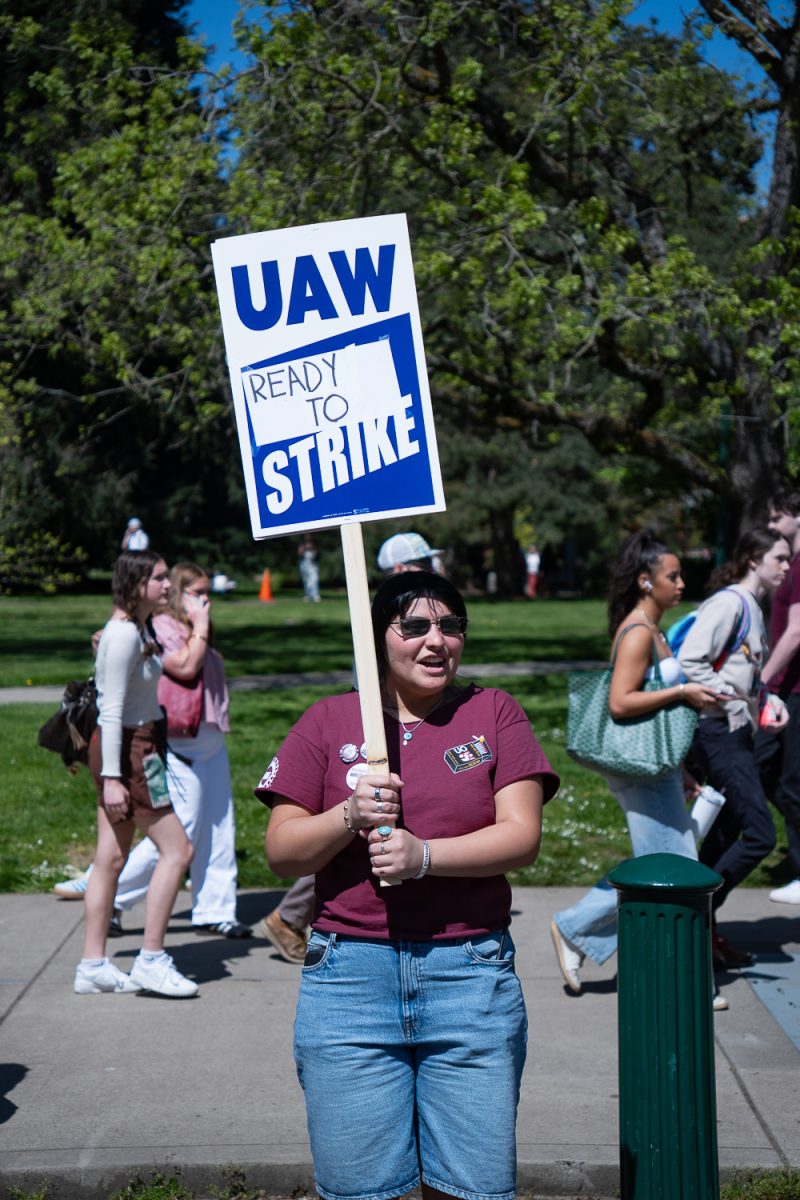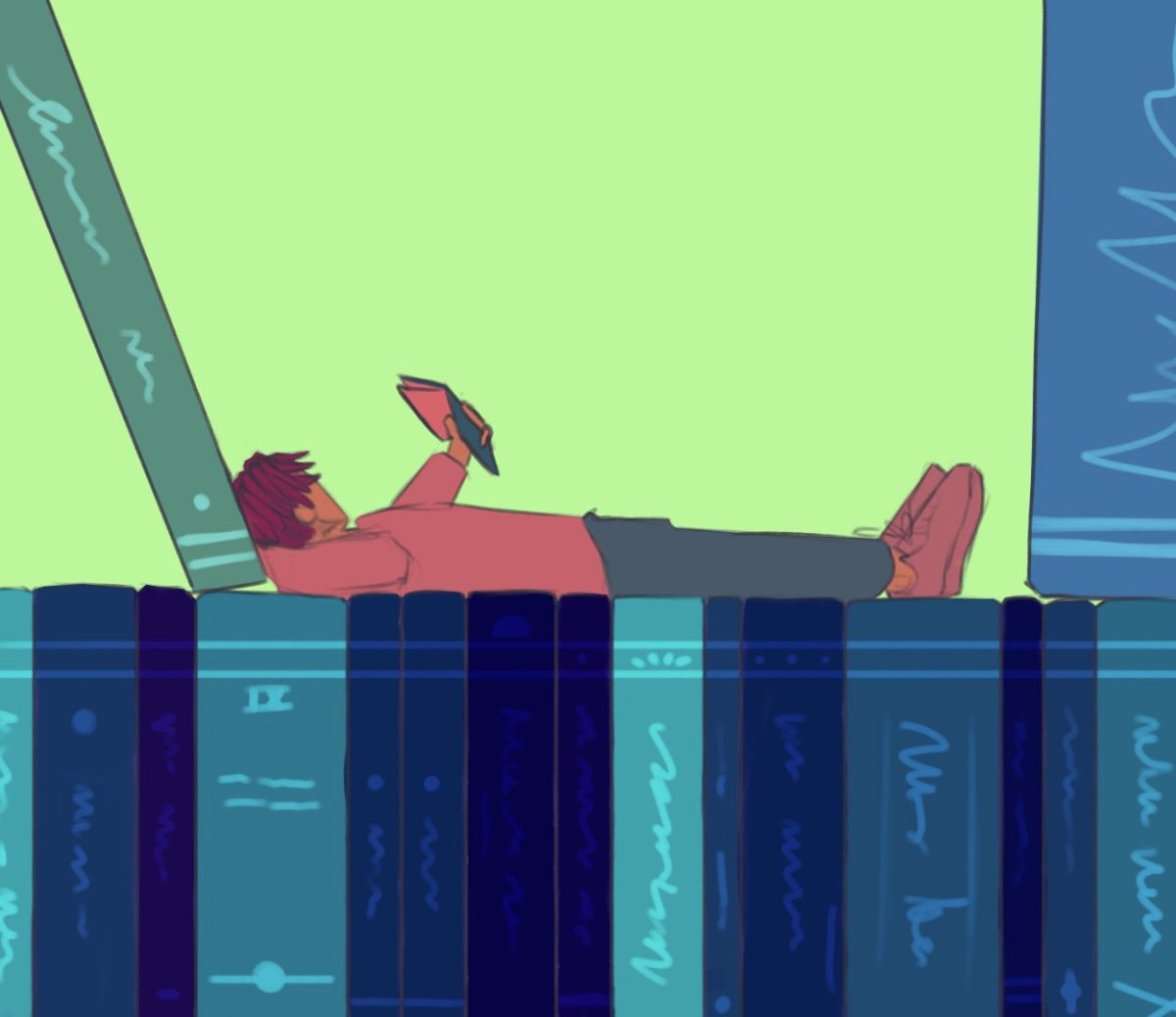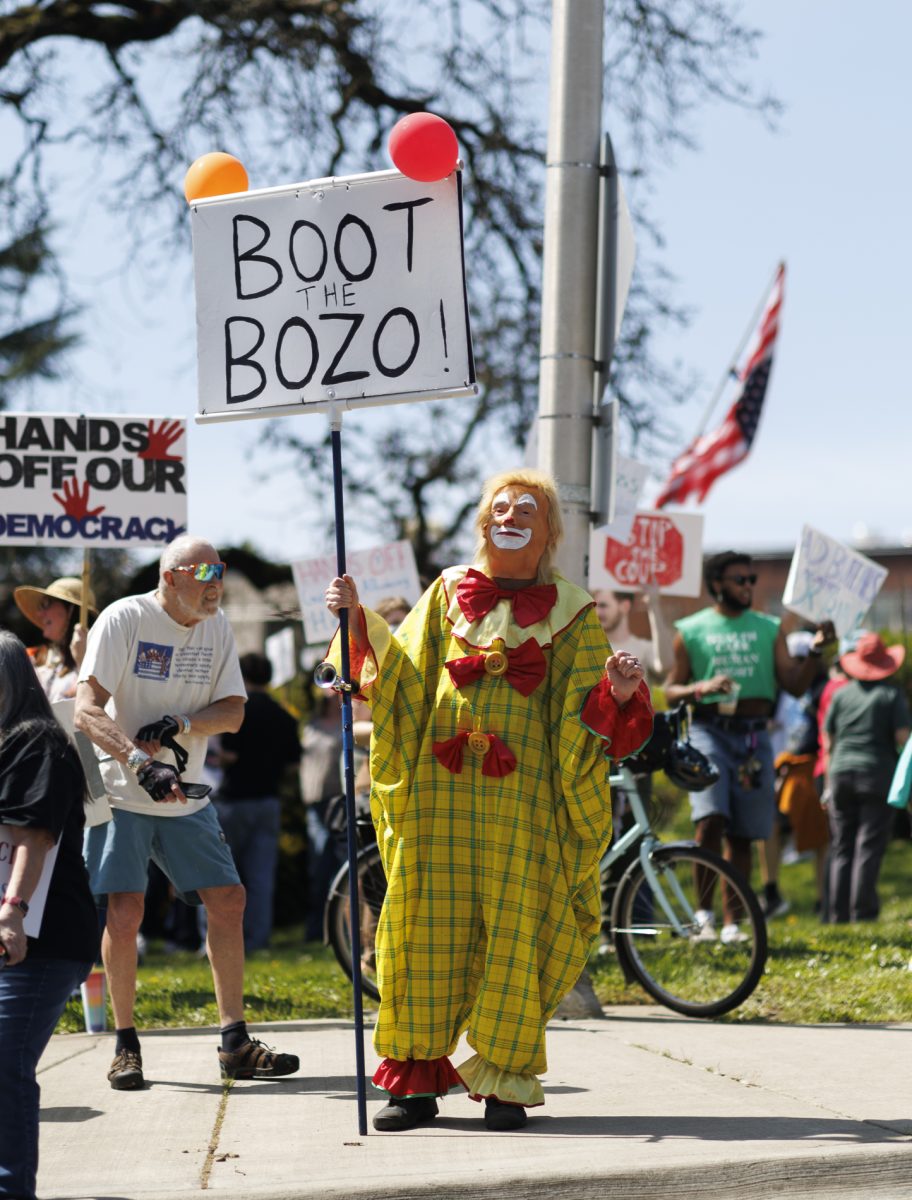We all know and love Pixar. The minds behind “Toy Story,” “Finding Nemo” and “The Incredibles,” the Bay Area-based animation studio helped define many of our childhoods. As of late, it could be argued that Pixar has run out of steam, teeming with inconsistency. Their product doesn’t capture the same critical, cultural or financial prosperity of years past. Some might say it’s because their audience has matured beyond an interest in films directed toward children, but I think the issue lies somewhere else entirely. Besides, their films typically garner broad appeal across all age groups.
In the 2010s, sequels became a massive portion of the company’s rollout, with many failing to sniff the heights of their predecessors. Amongst notable standouts like 2017’s “Coco” and 2020’s “Soul” is 2015’s “Inside Out” — a film that aggressively captures the spirit of the studio. To this day, I deem it as the “most Pixar” Pixar movie, containing a glaringly original world and concept, mature, digestible themes and dazzling animation. It always felt like an obvious choice for the franchise tag.
While it lacks the refreshing novelty that made the previous installment an instant classic, “Inside Out 2” is a worthy successor, a natural progression and Pixar’s best sequel in ages. Recycling a similar structure to the first and almost as full of laughs and heart, its transition into teenage emotions sticks the landing.
When the puberty alarm echoes throughout the headquarters of Riley’s (Kensington Tallman) brain, returning emotions Joy (Amy Poehler), Sadness (Phyllis Smith), Anger (Lewis Black), Fear (Tony Hale) and Disgust (Liza Lapira) are forced to reckon with a brand new cluster of emotions: Anxiety (Maya Hawke), Envy (Ayo Edebiri), Embarrassment (Paul Walter Hauser) and Ennui (Adèle Exarchopoulos). When Riley attends hockey camp hoping to fit in with a group of older girls, Anxiety takes over, thrusting Joy and team on a treacherous quest to retrieve Riley’s “Sense of Self.”
Though practically congruent to the layout of its predecessor, parading around the many folds of Riley’s brain, the story is bolstered by an increased spotlight on Riley herself. Whereas her character previously felt like a plot mechanic, she now feels like the main character. She’s always been naturally fleshed out due to the premise, but her character is no longer tethered to her emotional counterparts. Her awkwardness, angst and envious desires are all incredibly relatable.
Our main crew gets more time to interact with each other this time around, all frantically navigating various obstacles like the “Sar-Chasm,” the “Stream of Consciousness” and a “Brainstorm.” Despite so many strong feelings in one movie, they all get ample time to shine.
Although Joy’s arc in the first film was beautifully executed, it would’ve been easy for the writers to disrupt continuity to service this story. However, perfectly flawed as she may be, Joy sustains each and every lesson she learned nine years ago. She understands that all emotions are equally important to Riley and leads the team with grace. Poehler’s delightful vocal performance concretely propels Joy to one of Pixar’s premier protagonists.
Though expectedly childish at times, the film is plenty of fun. Edebiri is ever-so lovable as the wide-eyed and tiny Envy. Supporting emotions Anger, Fear and Disgust supply a healthy dose of laughs.
The animation is colorful, inventive and unbelievably detailed. The glowing fuzz of the emotions and vibrancy of Riley’s brain are gorgeous to look at. The whole movie is bursting at the seams with visual treats, including occasional animation style switch-ups. Real world scenes, including several kinetic hockey sequences, mix realism with Pixar’s iconic art style.
The standout is undoubtedly the incredible antagonist: Anxiety. Her agitated, nervous presence is wonderfully performed by Hawke, who was perfectly cast in this role. Having the primary villain pose as a confounding mental obstacle we all possess is a recipe for success. She means well, she wants to help, but her unchecked actions incite damaging thoughts. Though simply put, lines like “maybe this is what happens when you grow up, you experience less joy” and “Anxiety, you’re putting too much pressure on her” relay important messages to young audiences.
Blending shimmering animation, maturity, humor and heart, “Inside Out 2” is a huge win for Pixar and a beacon of hope for the studio’s future.





